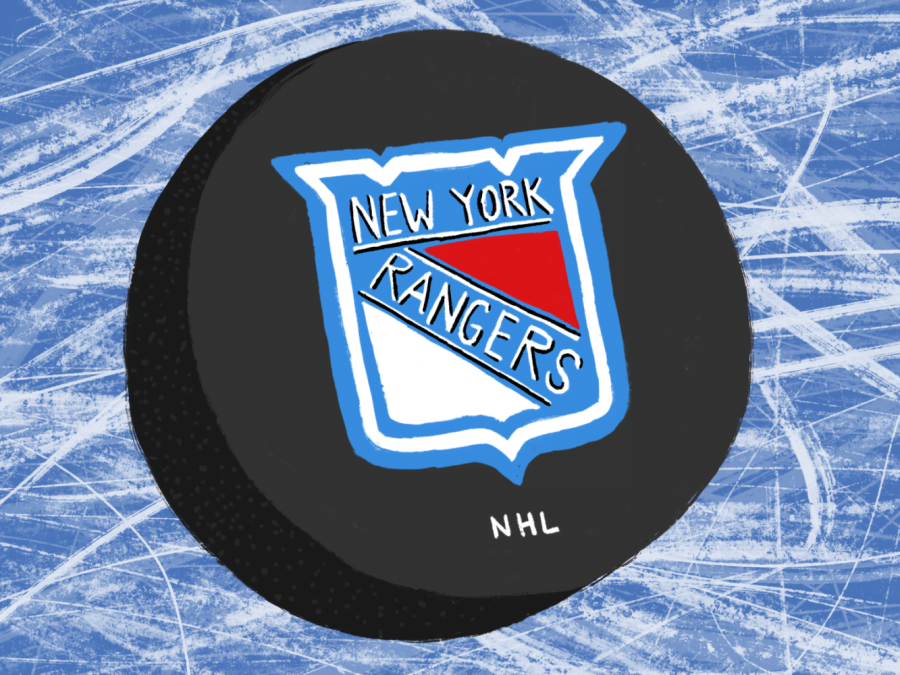How the New York Rangers can help develop their young players
Through 10 games this season, the Rangers are 5-3-2. Here’s WSN’s evaluation on how players have fared so far.
November 2, 2022
With the month of November underway, the Rangers have had a decent start to the season. While they have yet to dominate the league, they have also not collapsed to start the year, which is crucial in the race to the Eastern Conference finals.
A major bright spot is left wing Artemi Panarin, who is on pace to record career highs in points, while a number of his teammates are struggling. Though just a few games into the season, it is not too early to start evaluating players, specifically forwards Kaapo Kakko and Alexis Lafrenière, and consider the market for their utility.
Kakko and Lafrenière have started the year well analytically, as have the Rangers, but the production is still missing. Through 10 games, Kakko has had a Corsi For percentage of 60.1%, which is up from his career 49.5%. Similarly, Lafreniere has had a Corsi For percentage of 57.1% which is much higher than his career 48.1%. Though the duo only has eight points — 5 from Lafrenière and 3 from Kakko — their analytical success bodes well for the future.
Additionally, they both are on the power play and are receiving over a minute more of ice time compared to their career averages. The increased trust in the young Rangers has helped their development, and points to Gerard Gallant’s improved coaching. It is vital that the Rangers remain patient with Kakko and Lafrenière and continue to give them opportunities.
In order to help Kakko and Lafrenière develop, they should receive more 5v5 offensive zone starts. Currently, they both have had roughly the same percentage of 5v5 offensive zone starts as they have had thus far in their entire career, which hinders their production. If given more opportunities to play in the opposing zone, Kakko and Lafrenière may develop the confidence to play more aggressively and put up the points expected of them.
Since the two play on different lines, one way to avoid dramatically increasing the ice time of all the top six forwards would be to put them on the same line. With center Vincent Trocheck, the duo can be given more offensive zone starts. The young players could find chemistry with Trocheck’s veteran presence, two-way abilities and smart checking game. Another potential idea is to put Filip Chytil back between the young forwards, recreating the successful Kid Line from the playoffs.
Whatever scheme the Rangers’ coaches choose, providing more offensive opportunities for Kakko and Lafrenière may slow the team now, but pay major dividends in the future. Allowing the first two months of the season to be a little rough in order to help the youth of the Rangers grow might just lead the team to years of success.
There is still the potential for Kakko to bust as a player, and given that he is still young, the Rangers should inquire about his value around the league while he is on the rise. Rumors are circulating that Jesse Puljujärvi, another high-pick young player struggling to develop, wants out of Edmonton Oilers, or that Oilers wants Puljujärvi out. Either way, a swap between Puljujärvi and Kakko could save the Rangers from having a wasted draft pick.
Shopping Lafrenière could be beneficial, but his analytical performances suggest that his career is primed to explode — holding on to him is probably best at this juncture. The question of trading Kakko, though, is legitimate and should be revisited at the trade deadline.
It is still early on and much could change, but from the outset, the Rangers’ young guns seem poised for success.
Contact Ahaan Sabherwal at [email protected].
























































































































































